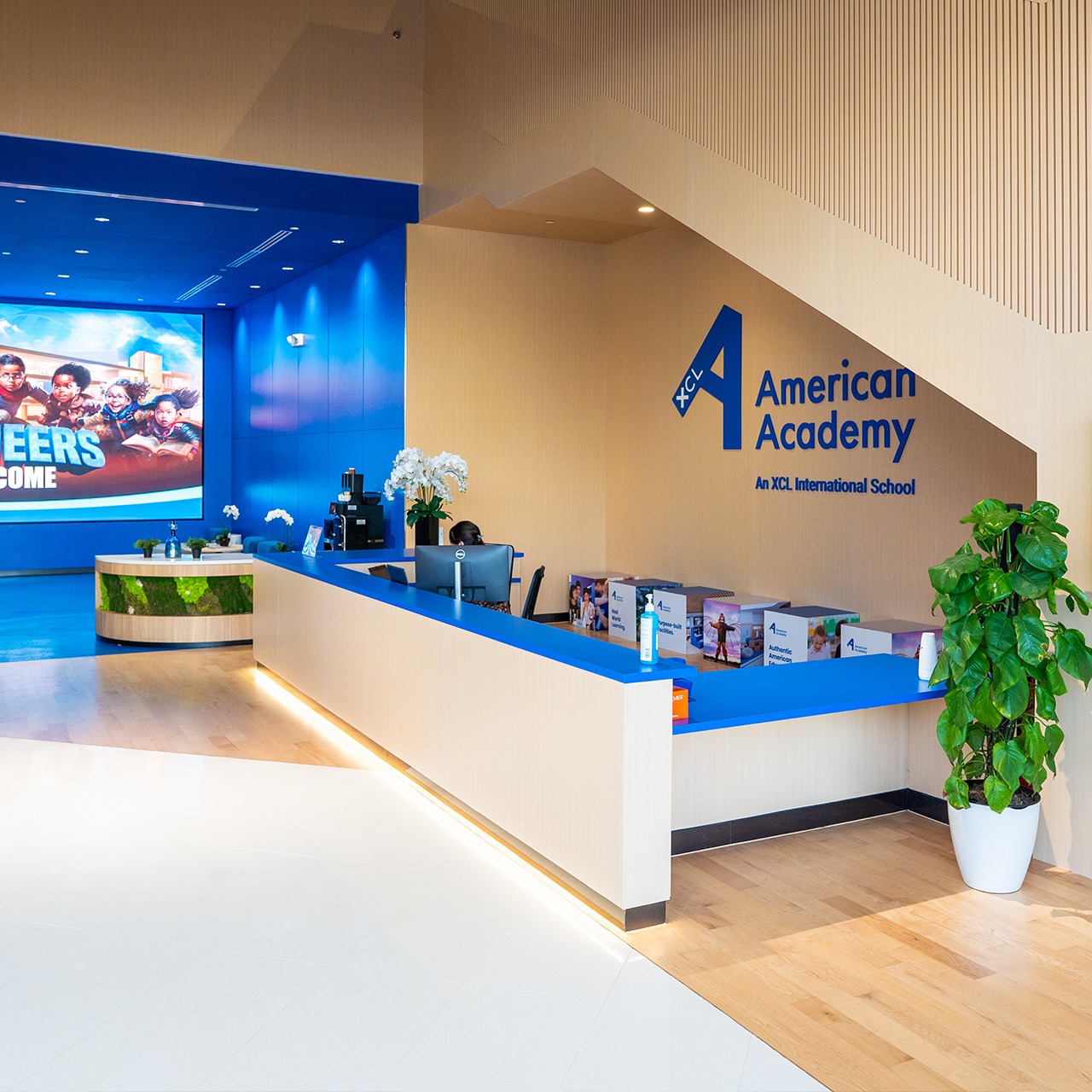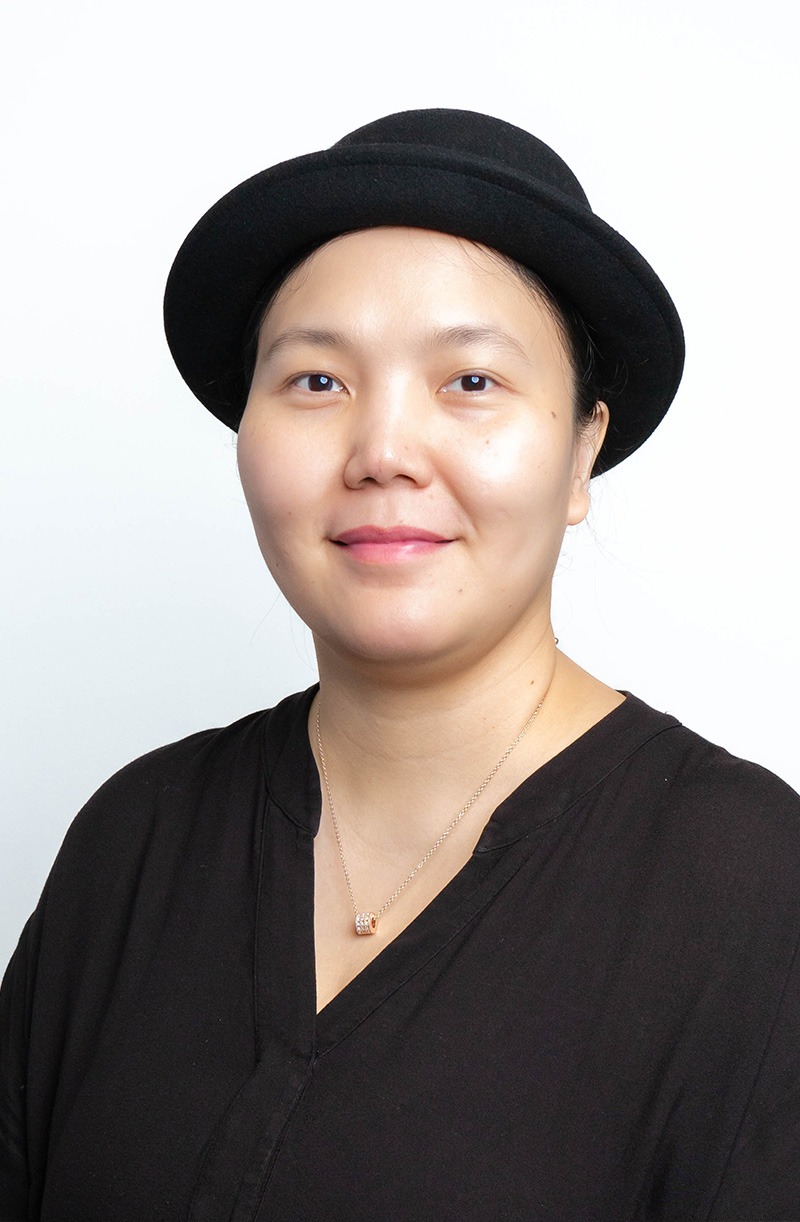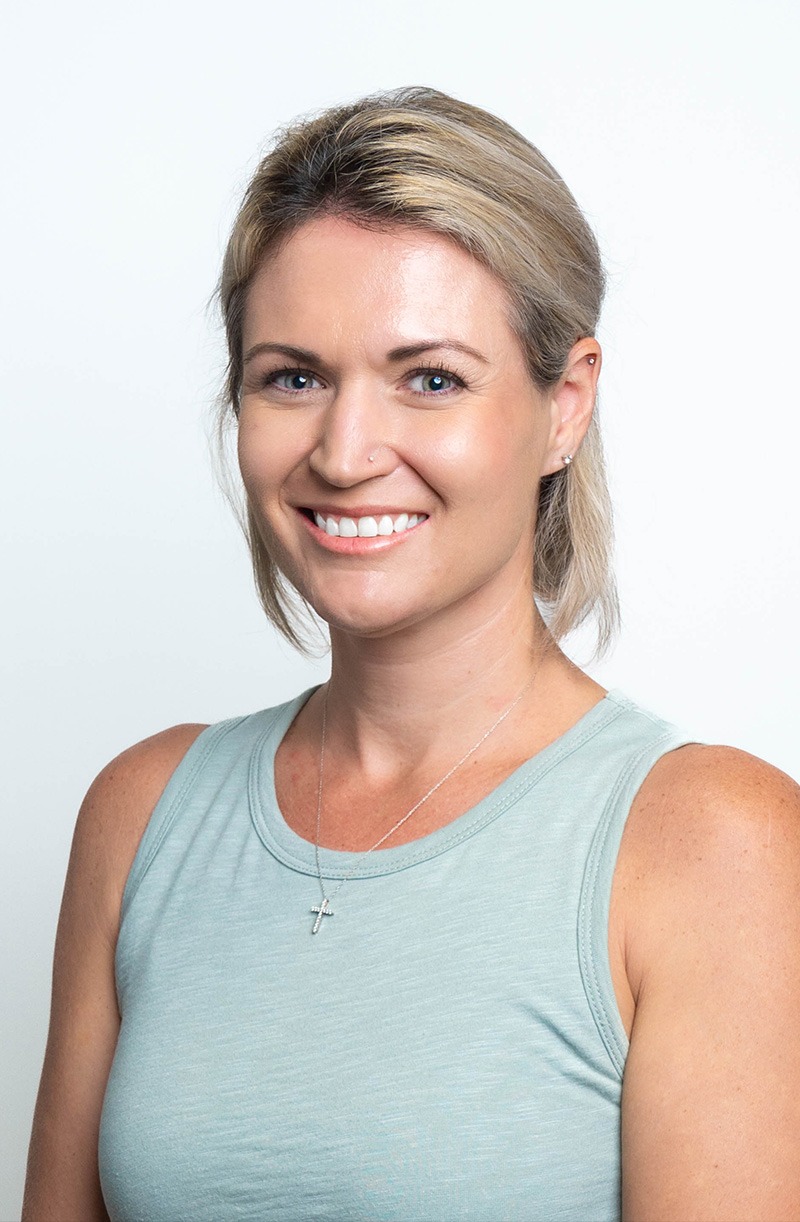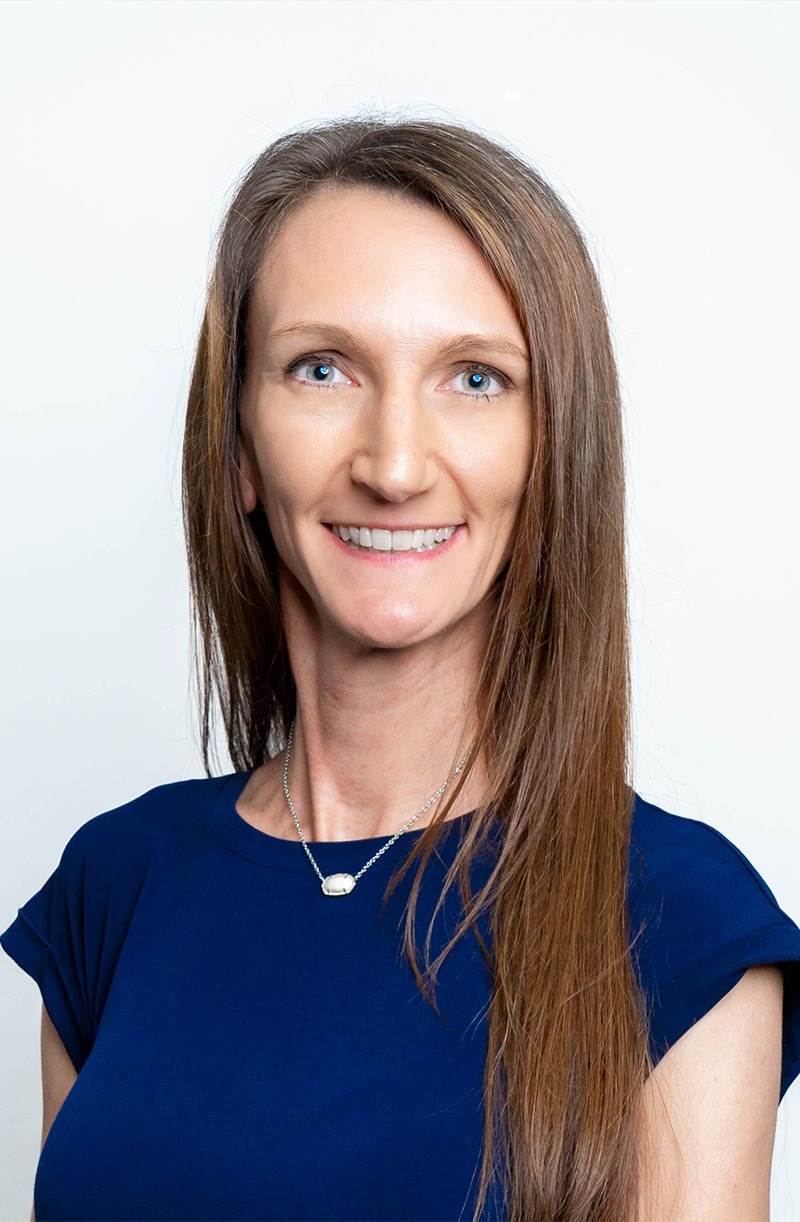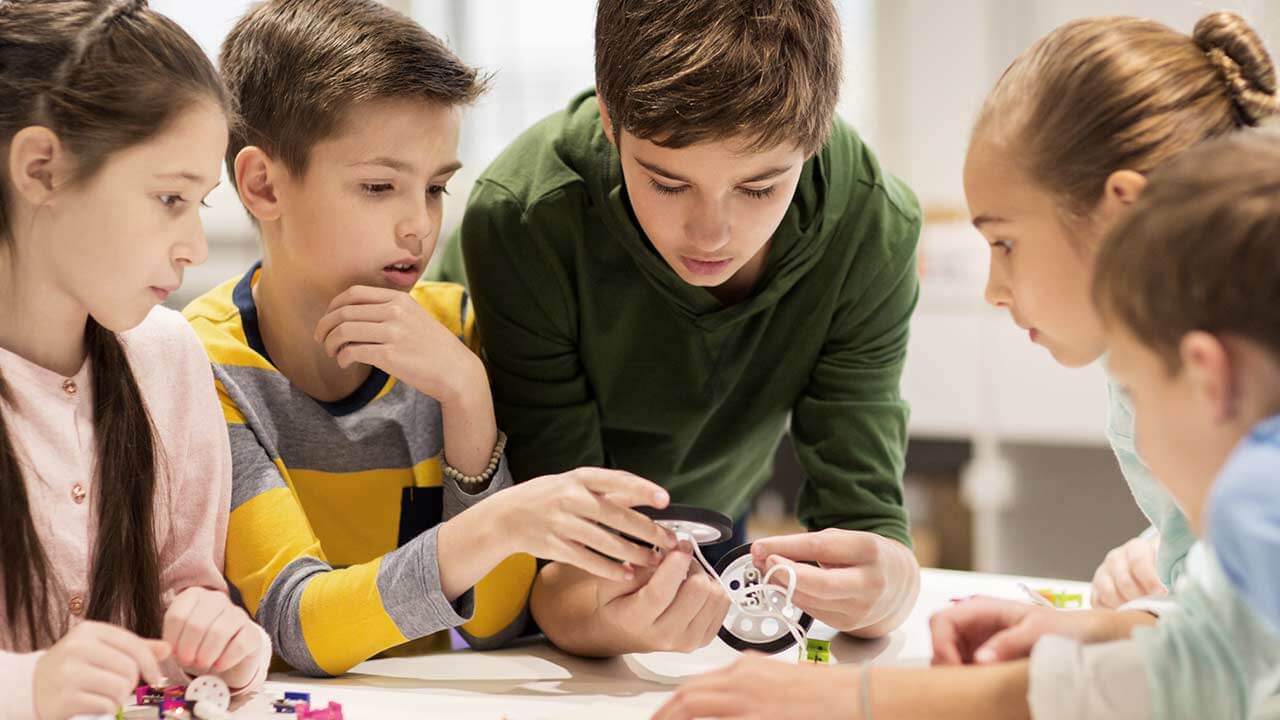
Parents’ Guide to Second Step – Life Skills for Your Child
Is character development a part of your child’s curriculum?
While many schools put an emphasis on academic subjects, like science, language and mathematics, it’s also important to know their approach to character development. What values are important to them? How do they instill these values? And does the school have a formal program for character-building so that children are provided with the necessary life skills to enable their future success?
If your child goes to an American school, you may have heard of Second Step — a family of programs focused on social-emotional learning (SEL) and character development. Designed for students in Pre-K to Middle School, Second Step is used in schools around the world to help children develop the attitudes, values and skills they need to succeed in school and after.
This article covers everything you need to know about Second Step as a parent, including:

What is Second Step?
Second Step is a family of programs that “creates brighter futures for kids everywhere through a holistic approach to social-emotional learning.”
As a character development program, it aims to equip students with important social and emotional skills across five interrelated competencies:
- self-awareness,
- self-management,
- responsible decision-making,
- relationship skills, and
- social awareness.
These competencies form the CASEL 5 — a research-based framework developed by The Collaborative for Academic, Social and Emotional Learning (CASEL). This framework is used by schools all over the world to establish SEL standards for Pre-K to High School students.
As part of a school curriculum, social-emotional learning helps students:
- become more confident,
- achieve their goals,
- collaborate with others,
- make responsible decisions, and
- solve complex problems.
Children with strong SEL skills are more likely to perform well in school, communicate effectively, form meaningful relationships and succeed in their careers. A school-wide SEL program, such as Second Step, ensures that students are equipped with these essential skills to help them navigate life successfully.
Each Second Step program includes 20 or more lessons divided into 4 or 5 units. School-based programs are divided into Pre-K, Elementary (K-5) and Middle School (6-8), each with its own unique set of units. Lessons are specially designed to support students’ social-emotional development and build on what they’ve learned in earlier grade levels.

What are the benefits of Second Step?
Age-Appropriate
Each Second Step lesson includes age-appropriate activities to help children understand the skill or competency being taught. For example, the unit for empathy in Pre-K includes a lesson on identifying emotions, while the same unit in Grade 5 asks students to identify a community problem and evaluate potential solutions. Students actively practice their SEL skills to build resilience and character.
Outcome-Based
How do teachers evaluate SEL and character development? Second Step makes it easier by providing objectives for every lesson.
Here are some of the empathy objectives from the Second Step Elementary Digital Program:
- Pre-K: Identify the feelings happy and sad when presented with physical (face or body) clues
- Grade 1: Describe how kind acts can help people feel good
- Grade 2: Describe how empathy leads to an act of kindness
- Grade 3: Identify kind acts that can build a new friendship
- Grade 4: Explain different points of view in a given situation
- Grade 5: Describe how people used empathy to identify and address a community problem
At the end of every unit, students must also complete a Performance Task, where they’ll be asked to demonstrate what they’ve learned throughout the unit.
Easy to Implement
Second Step provides an easier way for teachers to deliver engaging lessons on character development and SEL. Each program is structured into 4 or 5 units that can be incorporated in almost any curriculum.
Schools also have the choice of using a physical classroom kit or a web-based digital program. And since teachers don’t have to worry about developing lessons or activities, they can focus more on engaging and connecting with their students.
Holistic Approach
Research shows that social-emotional learning is more effective when families and communities are involved. All Second Step programs include support for families, such as weekly letters, book lists, podcasts and other resources for teaching SEL at home.
Communities can also benefit from the Out-of-School Time program, which aims to expand on the lessons learned within the classroom.
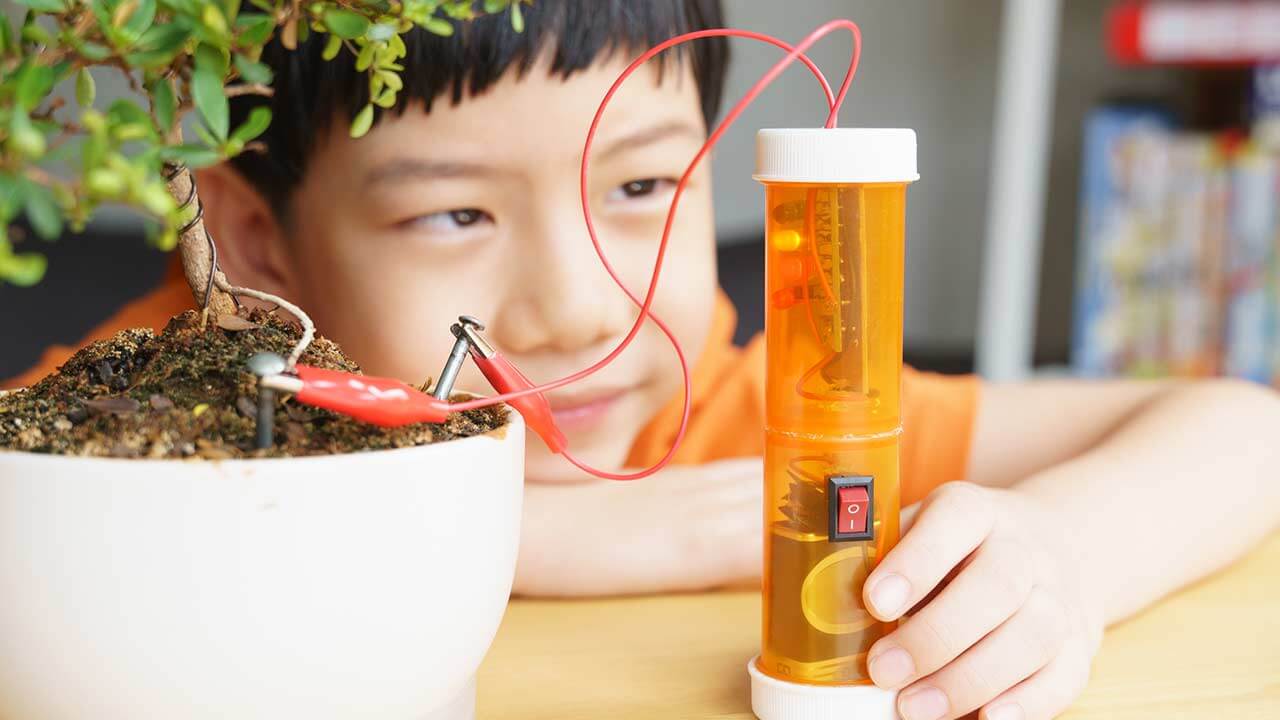
Second Step programs at every stage
Early Learning (Pre-K)
The Early Learning Program aims to help young students become confident, capable learners in their first years at school. Throughout the course of the program, Pre-K students will learn foundational SEL skills such as listening, paying attention, managing their behavior and getting along with others.
The units under this program include:
- Unit 1: Skills for Learning
- Unit 2: Empathy
- Unit 3: Emotion Management
- Unit 4: Friendship Skills and Problem Solving
- Unit 5: Transitioning to Kindergarten
Elementary (K-5)
Second Step Elementary is a leading SEL curriculum used in schools all over the world. It’s research-based and easy to teach, with unique, age-appropriate lessons for every grade level. Students will learn more advanced SEL skills, such as goal-setting, emotional regulation, problem-solving and empathy.
This program is offered in two ways: a teacher-facilitated digital program and a print-based classroom kit. Each option has a different structure, which we’ve outlined below.
Digital Program Units:
- Unit 1: Growth Mindset & Goal-Setting
- Unit 2: Emotion Management
- Unit 3: Empathy & Kindness
- Unit 4: Problem-Solving
Classroom Kit Units:
- Unit 1: Skills for Learning
- Unit 2: Empathy
- Unit 3: Emotion Management
- Unit 4: Problem-Solving
Middle School (6-8)
The Second Step Middle School Program is an innovative SEL curriculum that addresses the new challenges faced by adolescents today. This web-based curriculum is “underpinned by the latest research in adolescent brain development and social psychology.”
On top of the concepts introduced in Second Step Elementary, the Middle School Program includes a new unit on recognizing bullying and harassment.
The units under this program include:
- Unit 1: Mindsets & Goals
- Unit 2: Recognizing Bullying & Harassment
- Unit 3: Thoughts, Emotions & Decisions
- Unit 4: Managing Relationships & Social Conflict
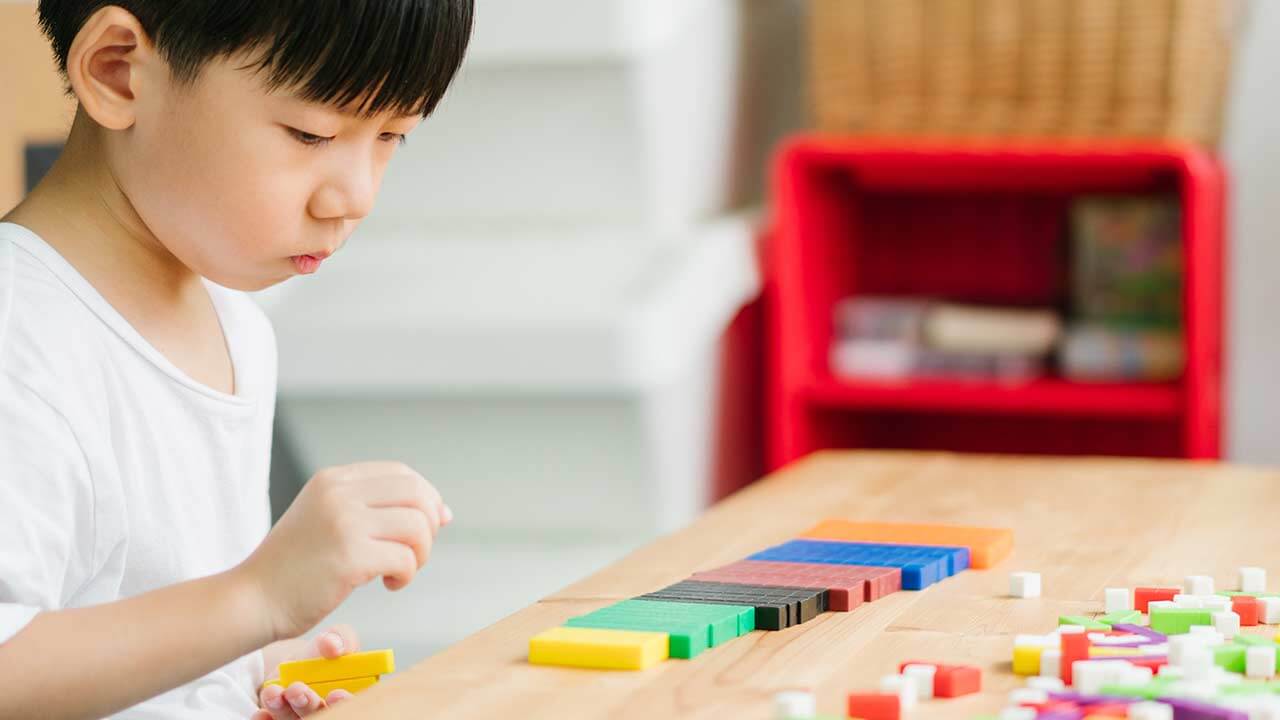
Character development at XCL American Academy
At XCL American Academy, we place a strong emphasis on our students’ social-emotional needs. Our Pioneer Spirit character development program uses the acclaimed Second Step framework to prepare students for success.
The Pioneer Spirit Program spans all grade levels from Pre-K to Grade 8. More than just a classroom-based program, it involves families, teachers and staff in creating a safe and inclusive learning environment.
Our goal is to help students develop crucial life skills that will help them succeed not only in the classroom but also in their future pathways. Above all, the program prepares students to become kind, caring and capable global citizens.
Want to learn more about Second Step or the XAA Pioneer Spirit Program? Contact us today to speak with our education team.
This website uses cookies to improve user experience. By using our website you consent to all cookies in accordance with our Privacy Policy.
